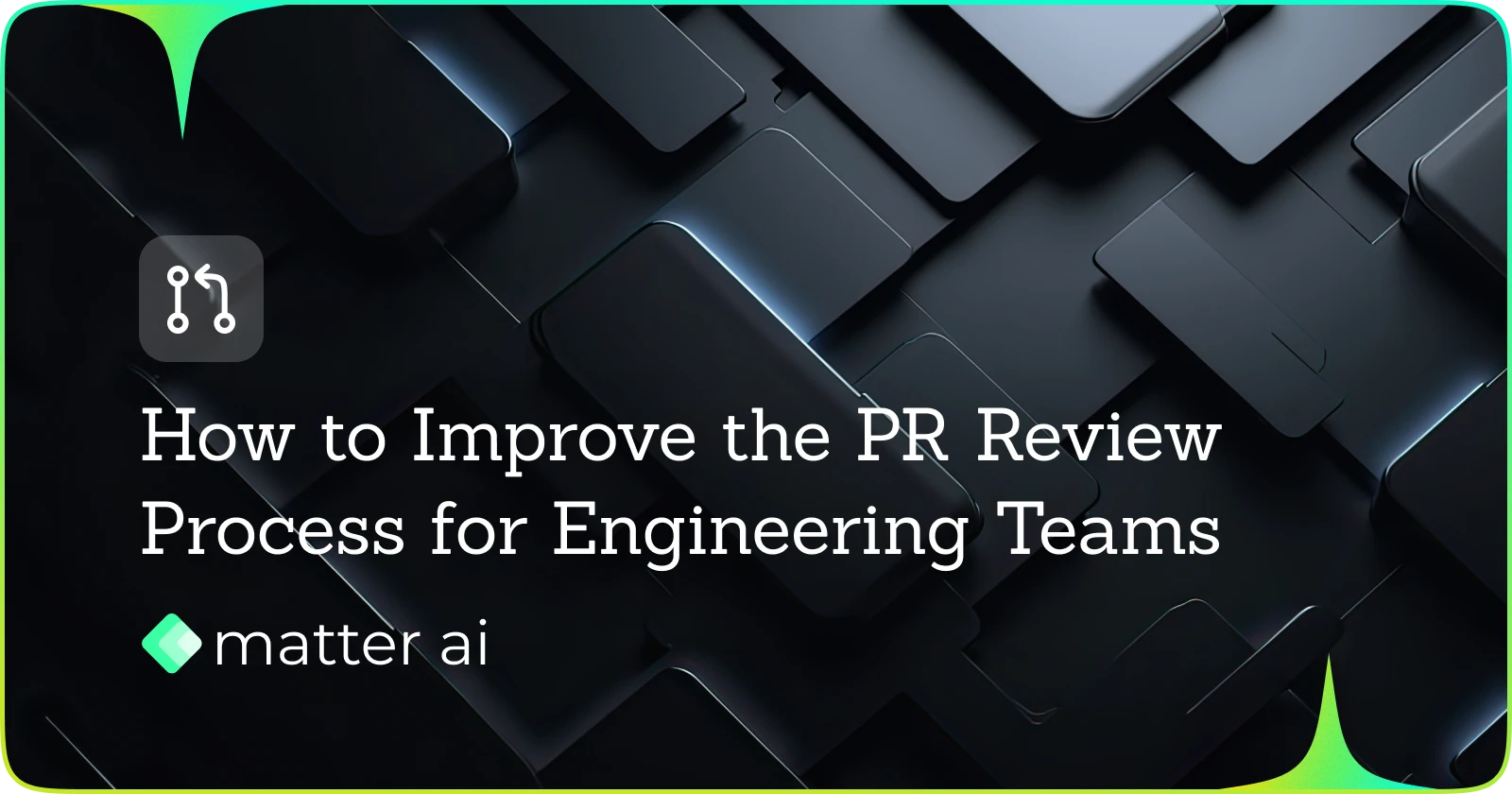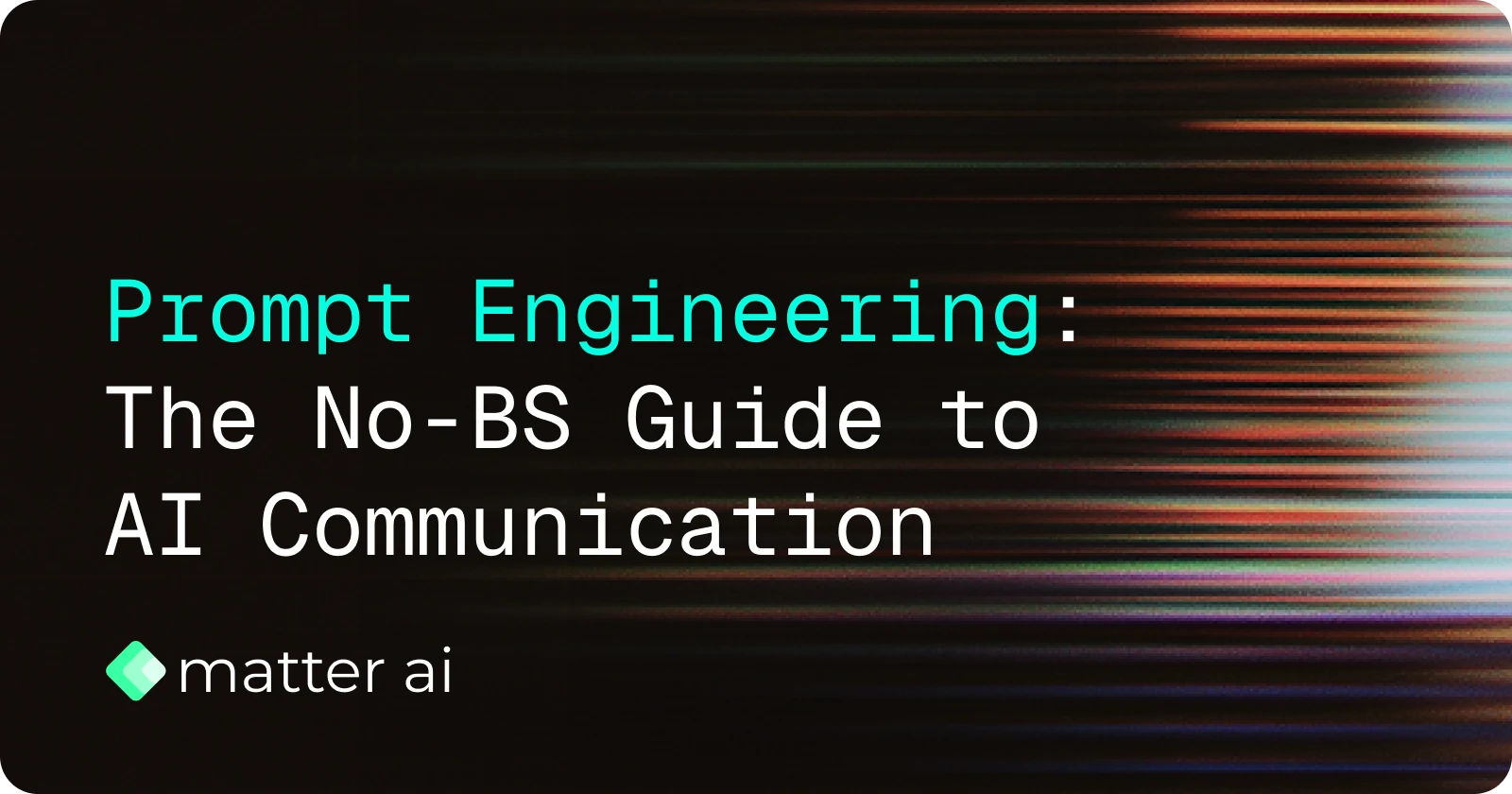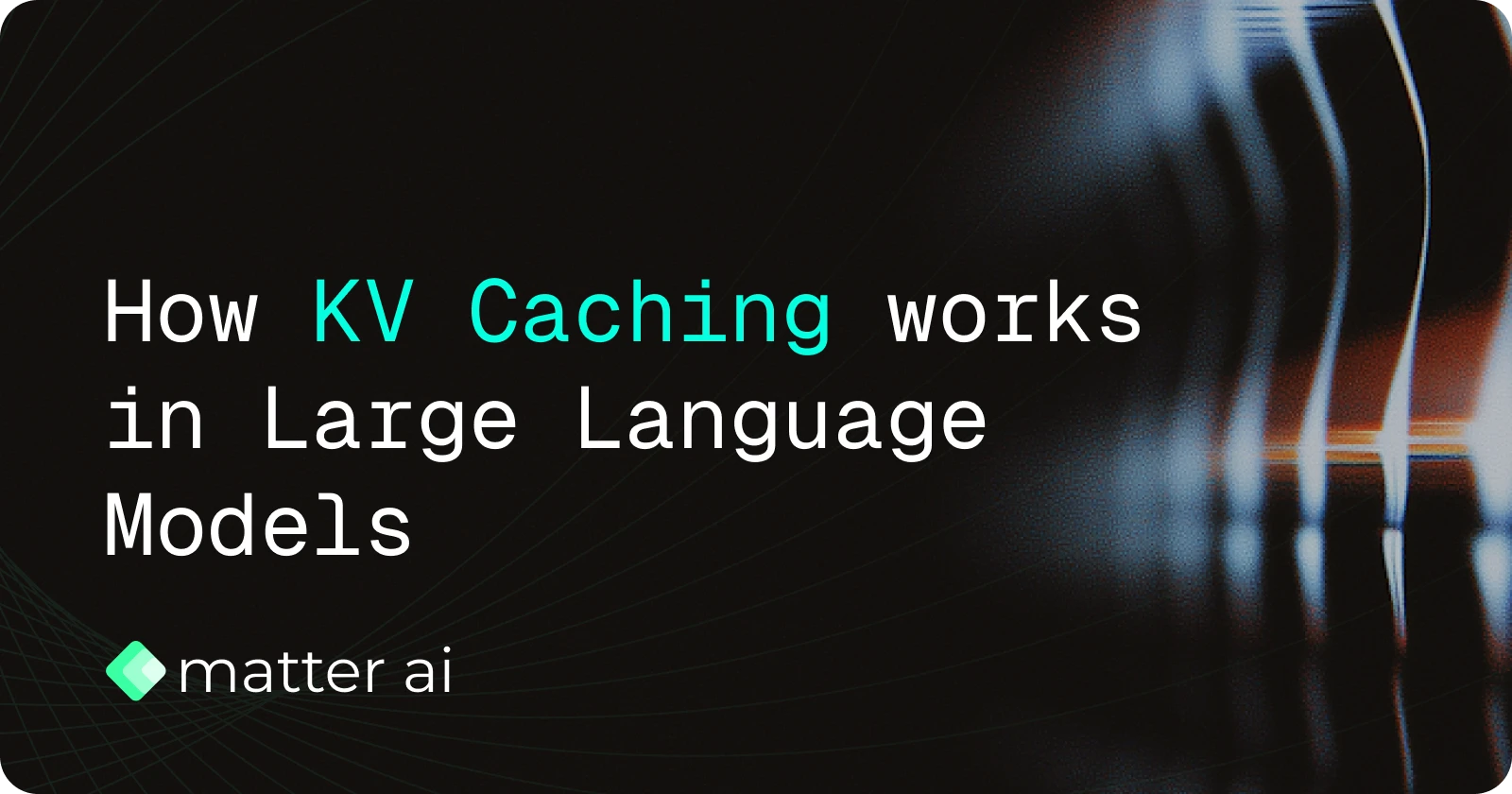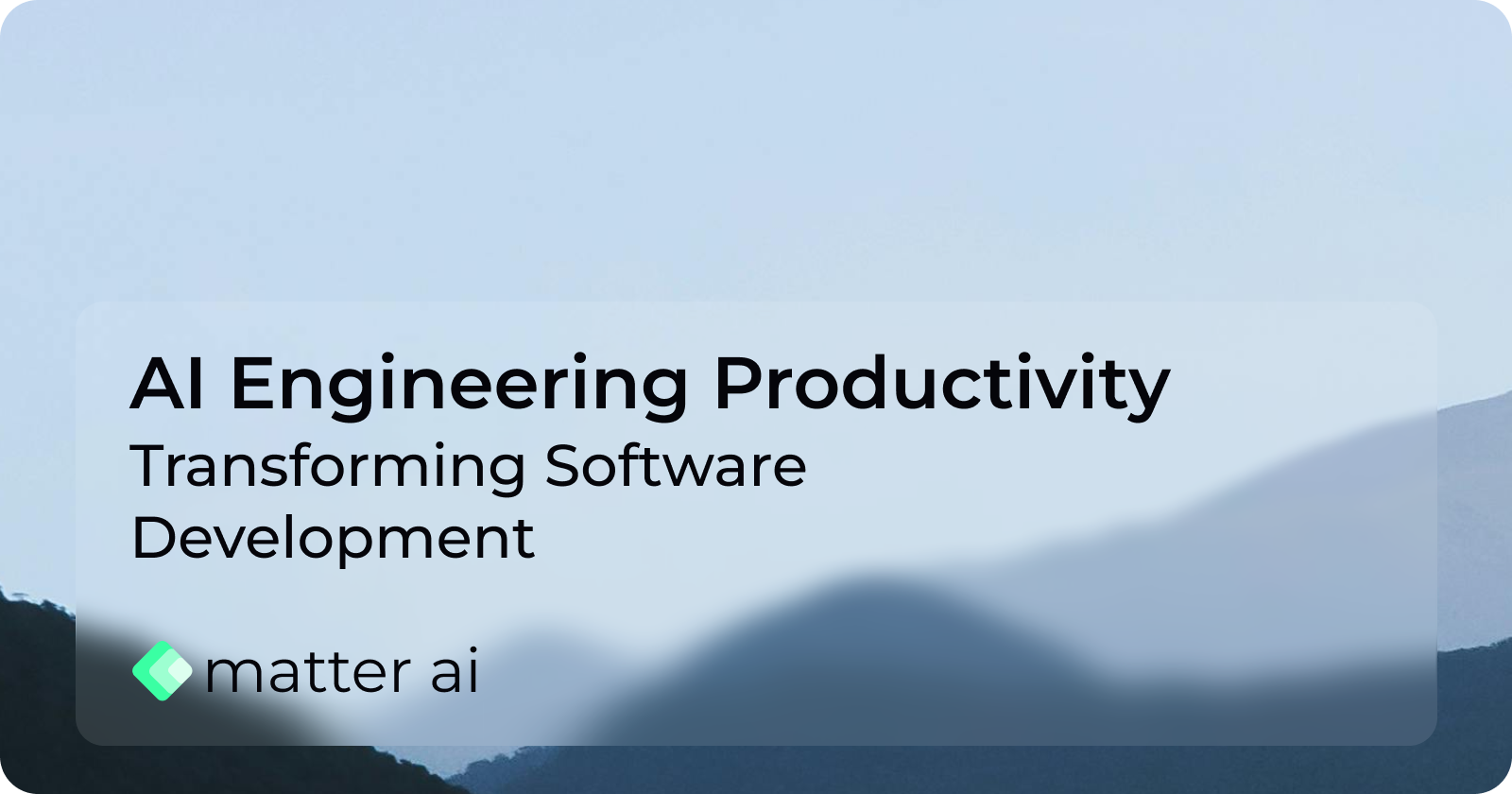PR Reviews
Engineering Teams
AI Code Review
How to Improve the PR Review Process for Engineering Teams

Code reviews are a critical part of the software development lifecycle. They help maintain code quality, catch bugs early, share knowledge across the team, and ensure consistency in coding standards. However, if not managed well, code reviews can become a bottleneck, slow down development, and even create friction among team members.
In this blog, we'll explore practical ways to improve the code review process for engineering teams, making it more efficient, collaborative, and effective.
1. Set Clear Guidelines & Expectations
A well-defined code review process prevents ambiguity and ensures consistency.
- Define Review Criteria: What should reviewers look for? (e.g., functionality, readability, performance, security, test coverage).
- Establish SLAs for Reviews: Set expectations on response times (e.g., "All PRs should be reviewed within 24 hours").
- Document Best Practices: Maintain a checklist or style guide to standardize reviews.
2. Keep Pull Requests (PRs) Small & Focused
Large PRs are harder to review, leading to delays and overlooked issues.
- Break Down Changes: Encourage smaller, incremental PRs (e.g., 200-400 lines max).
- One PR per Feature/Bug: Avoid mixing unrelated changes.
- Use Feature Flags: If a large feature is unavoidable, use feature flags to merge safely.
3. Automate What You Can
Manual reviews should focus on logic and architecture—not formatting or syntax.
- Linters & Formatters (ESLint, Prettier, Black, RuboCop)
- Static Code Analysis (MatterAI)
- Automated Testing (Unit, Integration, E2E tests in CI/CD)
- Automated Security Scans (MatterAI)
4. Foster a Positive & Constructive Review Culture
Code reviews should be about improving code—not criticizing people.
- Be Respectful: Use phrases like "Consider refactoring this" instead of "This is wrong."
- Explain Why: Provide context for suggestions (e.g., "This could lead to a race condition because…").
- Encourage Questions: Instead of demanding changes, ask, "What was the reasoning behind this approach?"
5. Rotate Reviewers & Avoid Bottlenecks
Relying on the same few senior engineers for reviews slows down the process.
- Distribute Responsibility: Ensure multiple team members can review different areas.
- Pair Junior & Senior Engineers: Helps with mentorship and knowledge sharing.
- Use Tools Like Reviewpad or Graphite: Automate reviewer assignments based on code ownership.
6. Use Code Review Tools Effectively
The right tools streamline the process.
- GitHub/GitLab/Bitbucket PRs: Use inline comments, approval workflows, and required checks.
- Review Apps: Tools like Netlify or Heroku Preview Deploys let reviewers test changes live.
- AI-Assisted Reviews (MatterAI) can suggest improvements.
7. Track & Optimize Review Metrics
Measure what matters to continuously improve.
- Average Review Time: Are PRs sitting too long?
- Comment-to-Approval Ratio: Too many nitpicks?
- Rejection Rate: Are too many PRs being sent back?
8. Conduct Retrospectives on the Review Process
Regularly discuss what’s working and what’s not.
- Team Feedback Sessions: What slows down reviews?
- Experiment with New Approaches: Try async video reviews, live pair reviews, or mob reviews.
How can MatterAI help?
- Cut code review time by 90%
- Reduce bugs and vulnerabilities by 95%
- Reduce documentation time by 90%
- Reduce time to market by 50%
Get started today with MatterAI and experience the future of code reviews. Visit https://matterai.so to learn more or sign up for a free trial.
Want to see how MatterAI can accelerate your team's development velocity? Book a demo with our team today.
Share this Article:
More Articles

Fixing the $500B problem with today's AI
The key challenges that AI presents today and how we at MatterAI are working on fix them.

LLM Sampling: Engineering Deep Dive
How to tune LLMs to work for you with samplings

Prompt Engineering: The No-BS Guide to AI Communication
Understand, structure and implement prompts that gets you the best, consistant and reduced hallucination outputs.

How KV Caching Works in Large Language Models
KV caching is the optimization that solves this problem, making LLMs faster and more efficient

AI Engineering Productivity: Transforming Software Development
Artificial intelligence isn't just another tool in the developer's toolkit—it's fundamentally changing how we approach problem-solving, code creation, and system design.
Continue Reading

Fixing the $500B problem with today's AI
The key challenges that AI presents today and how we at MatterAI are working on fix them.

LLM Sampling: Engineering Deep Dive
How to tune LLMs to work for you with samplings

Prompt Engineering: The No-BS Guide to AI Communication
Understand, structure and implement prompts that gets you the best, consistant and reduced hallucination outputs.
